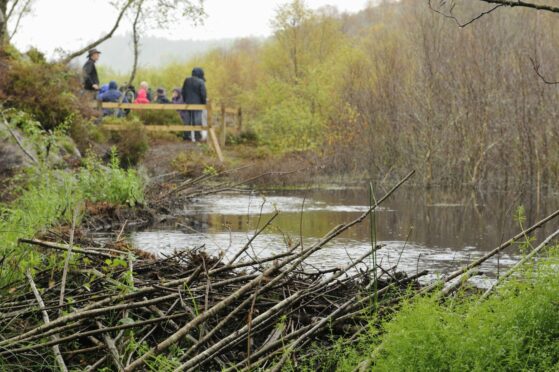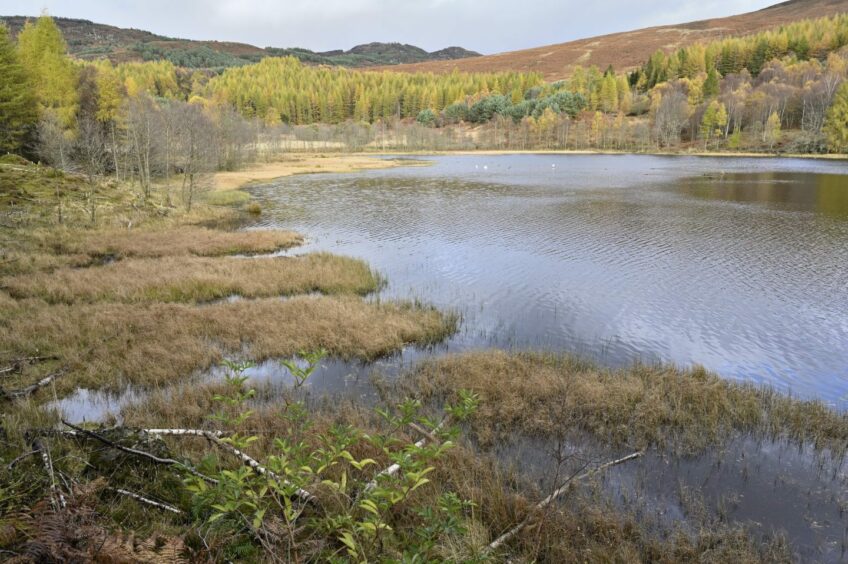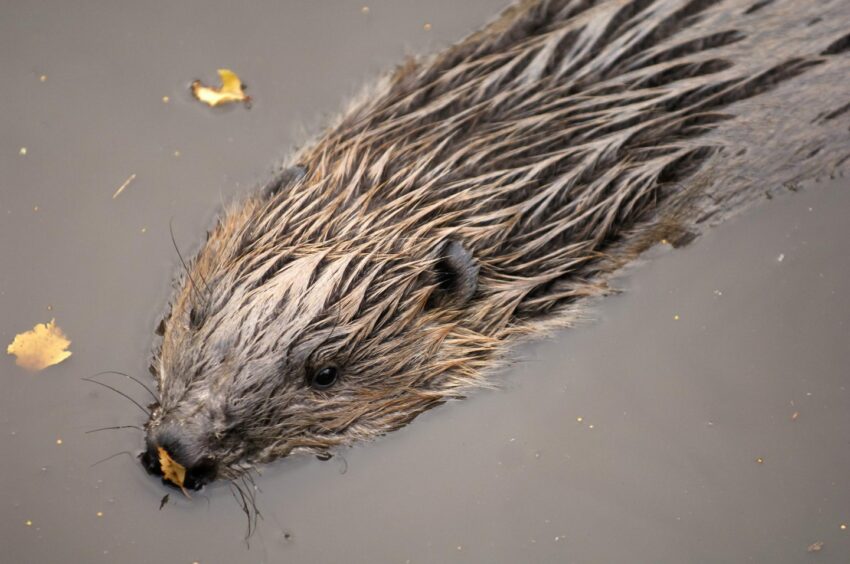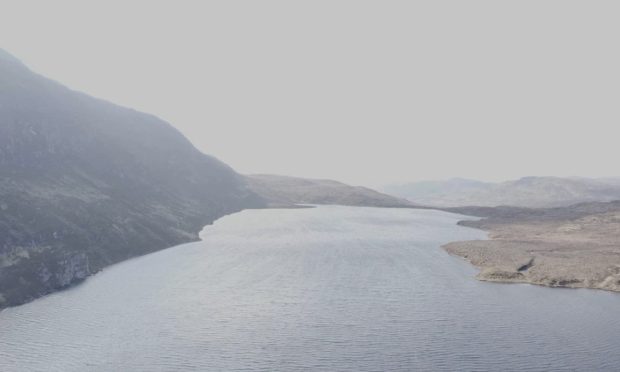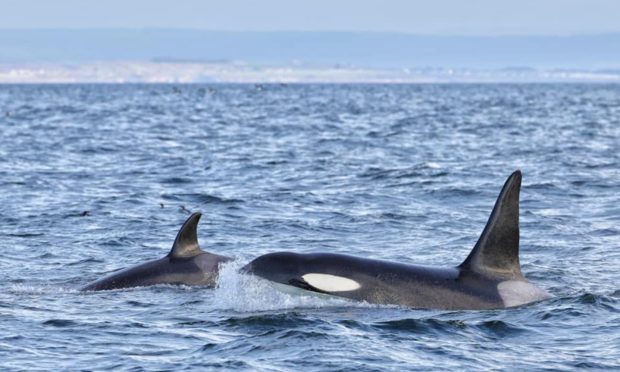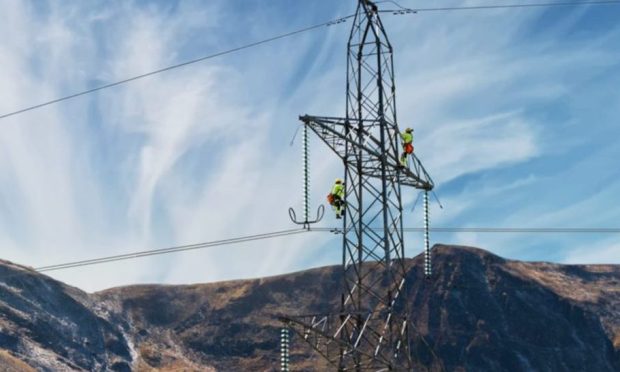Once common in Scotland, the Eurasian beaver was hunted to extinction here over 400 years ago.
-
Some Press and Journal online content is funded by outside parties. The revenue from this helps to sustain our independent news gathering. You will always know if you are reading paid-for material as it will be clearly labelled as “Partnership” on the site and on social media channels.
This can take two different forms.
“Presented by”
This means the content has been paid for and produced by the named advertiser.
“In partnership with”
This means the content has been paid for and approved by the named advertiser but written and edited by our own commercial content team.
Today, beavers are being restored as the population expands across Scotland to suitable river catchments.
Reintroduction should bring a host of ecological benefits to the rural landscape. But many are unaware of these advantages and what changes we may see when beavers return to our rivers and lochs.
Why beavers are good for the environment
Biodiversity: By damming and building canals, beavers help to restore wetlands, many of which have been lost. In addition, their tree felling opens up woodland canopy, which lets in light and boosts the vegetation below. This increases the diversity of plants, lichen and mosses, as well as providing more insects for birds and bats to feed on. Changes to the woodland structure can raise the water temperature, making it easier for amphibians to breed and boosting aquatic invertebrate numbers. Deadwood left by beavers can also provide shelter and breeding sites for many species.
Jenny Bryce, wildlife ecology manager at NatureScot, says: “Beavers will diversify habitats which has been shown to be good for biodiversity. In general, they’re seen as a catalyst for restoring areas to their more natural state.”
Management of water resources: Reviews of how beavers can affect rivers, streams and water resources suggests there will be many positives, including for regulating water flow during times of extremes, water purification, nutrient cycling and promoting river restoration.
Recognising these benefits, the expansion of beavers is being guided by Scotland’s Beaver Strategy, published last year, which brought together more than 50 organisations to set out a long-term vision for beaver restoration through to 2045.
Where can you find beavers in Scotland?
Populations are already established in Tayside, Forth, Knapdale and most recently Loch Lomond.
From recent surveys we have seen that the population is going through a phase of rapid growth. If current trends continue we can expect that Scotland will be home to several thousand beavers by 2030, as work continues under the Scottish Government’s ambitious new strategy to halt biodiversity loss by 2030 and reverse it with large-scale restoration by 2045.
Scottish Ministers announced a new policy in November 2021 allowing beavers to be moved – or translocated – across Scotland. Hence through natural dispersal combined with translocations we can expect to see beavers in new areas.
NatureScot has conducted spatial mapping to identify the best potential sites, and a number of proposals are underway, including in Glen Affric and the Cairngorms.
NatureScot will be assessing the potential environmental effects of translocations to the River Beauly and coastal catchment and the River Spey over the spring and summer. It is hoped there will be a new phase of beaver releases into new catchments in Scotland later this year.
Learning to live with beavers
Beavers can bring many benefits and play an important role in helping to tackle the nature loss and climate change crises. However in some locations they can create conflicts and not everyone will welcome their return.
But not all beaver activity should be viewed as negative. It is normal beaver behaviour to dig burrows and canals, build lodges and dams and fell trees. Such effects would once have been common place and our native species and habitats are adapted to coexist with beavers.
Jenny explains: “It will take a period of readjustment for us to recognise such effects as natural and for us to develop the means of adapting to and accommodating such changes in order to deliver a wide range of benefits.
“While it can be dramatic and upsetting when trees are felled or areas are flooded, seeking to remove the beavers under licence will rarely be the answer.”
A new Scottish Beaver Advisory Group, made up of key stakeholder organisations, will be working together to help take the beaver strategy forward. As this work progresses NatureScot will continue to provide advice and support for managing and mitigating beaver impacts, so that where there are serious impacts the necessary support is available to land managers.
NatureScot has a wealth of information available for those who want to know more about the reintroduction of beavers and why they are good for the environment.
